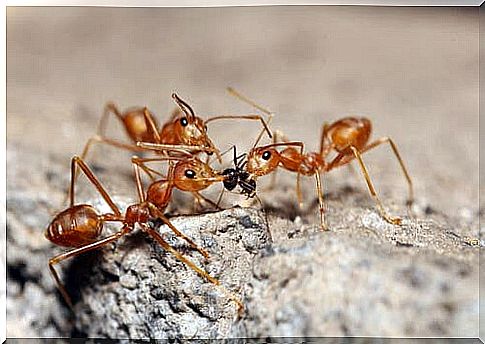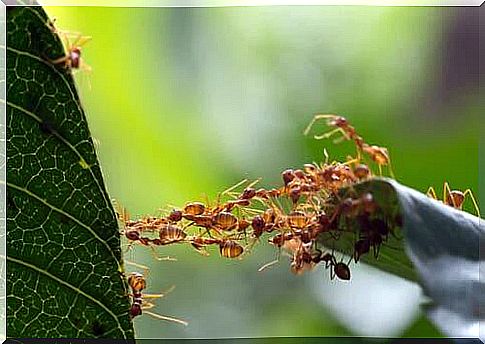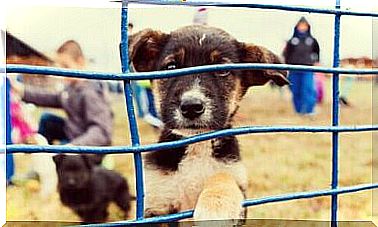Eusociality And Reproduction Of Ants

Ants live together in an eusociality (a term that we will explain later) and have learned to relate to animals and natural elements for survival.
Ants are among the most widespread insects in the world, so much so that the only continent where they are not present is Antarctica. Today, over 14,000 species of ants are known, although many other species may not yet be known. Without a doubt, the phenomenon of colonization is linked to the complex social organization of these insects.
Let’s find out in this article how the eusociality of ants works. We will thus be able to better understand how the world of these extraordinary animals works.
What is eusociality?
Eusociality is a caste-based form of social organization: it is the most complex structure ever observed in the animal kingdom. A structure formed by a class capable of reproducing itself and by an infertile one, the worker one.
There are few insects organized in eusociality; bees, wasps and, indeed, ants. But there are also other animal forms, such as some crustaceans or the hairless mole, organized in the same way.
How do ants organize themselves in the system of eusociality?
In a system based on eusociality there is always the figure of the queen, who is the fertile element. Typically, there is only one queen for each community, although there are some species of ants in which several queens coexist in the same anthill.
The queen is the leader and grand mother of all individuals living in eusociality, a structure governed by a kind of matriarchy. The queen’s central role within the community is to pass on her privileged genetic heritage to her descendants, in order for the species to survive.

Logically, infertile females (worker ants) are daughters of the queen ant, not sisters. Their function is to carry out both the basic works for the preservation of the community as well as to take care of the larvae, to build and preserve the anthill and to collect food for the whole group.
Types of ants: soldiers and workers
In the eusociality of the ants there is also the figure of the soldier ant. That is, all those ants dedicated to the protection and defense of the anthill from any threat. It is an intermediate class, both in terms of size and social role.
To conclude, the eusociality of ants is divided into three castes: the queen ant, the soldier ants and the worker ants. For an anthill structure to be complete, it takes approximately four years of work.
How do ants reproduce?
The reproductive period of ants varies according to the species and their natural habitat. Ants that live in areas with a tropical climate can lay eggs all year round. Those that live in temperate or cold zones, on the other hand, begin to reproduce with the arrival of spring.
In addition, cold zone ants survive low temperatures thanks to a kind of hibernation. With the arrival of spring, the inhabitants of the anthill wake up and resume their normal activities.

But how do ants reproduce? In practice, the queen ant can lay unfertilized eggs for life. During the reproductive period, a queen can lay up to a thousand eggs per day.
Soldier ants or worker ants can be born from these eggs, depending on the type of diet and the hormones they develop during growth. These two castes are composed of haploid individuals, that is, they possess only half of the chromosomes of their species.
And how is a queen ant born?
As you may have guessed, only a queen ant can give birth to another queen, since she is the vital source of the whole community. When the need for a new queen arises, the current queen lays special eggs, loaded with particular hormones.
Curiously, not only the future queen is born from these eggs, but also male ants. Unlike worker and soldier ants, males are diploid individuals, because the eggs from which they hatched have been fertilized.
How is it possible to have fertilized eggs without the presence of males in the anthill?
The answer is simple: males die after fertilizing the female. When the mating period arrives, the males perform a series of movements (the so-called “nuptial flight”) to release pheromones and attract the new queens.
Afterwards, the queens meet the males for fertilization, which takes place inside the female ants. Once the deed is done, the males die while the new queens hide underground, to found a new colony.









